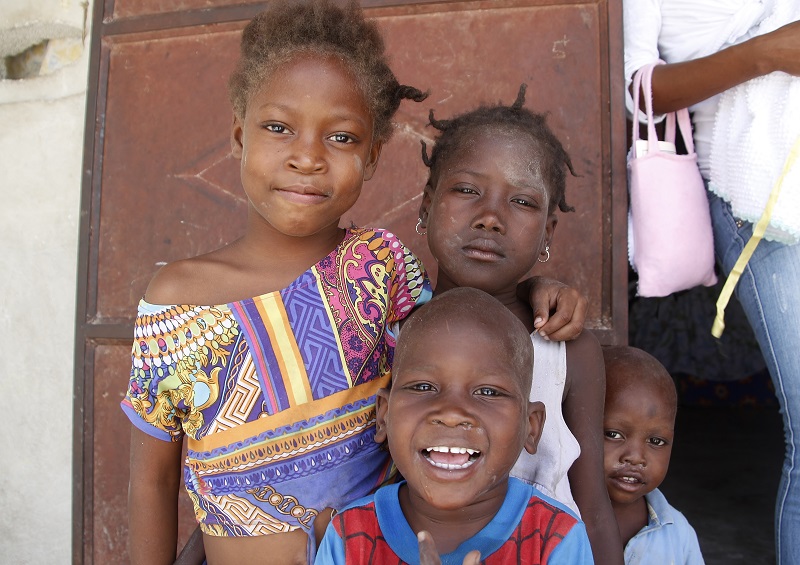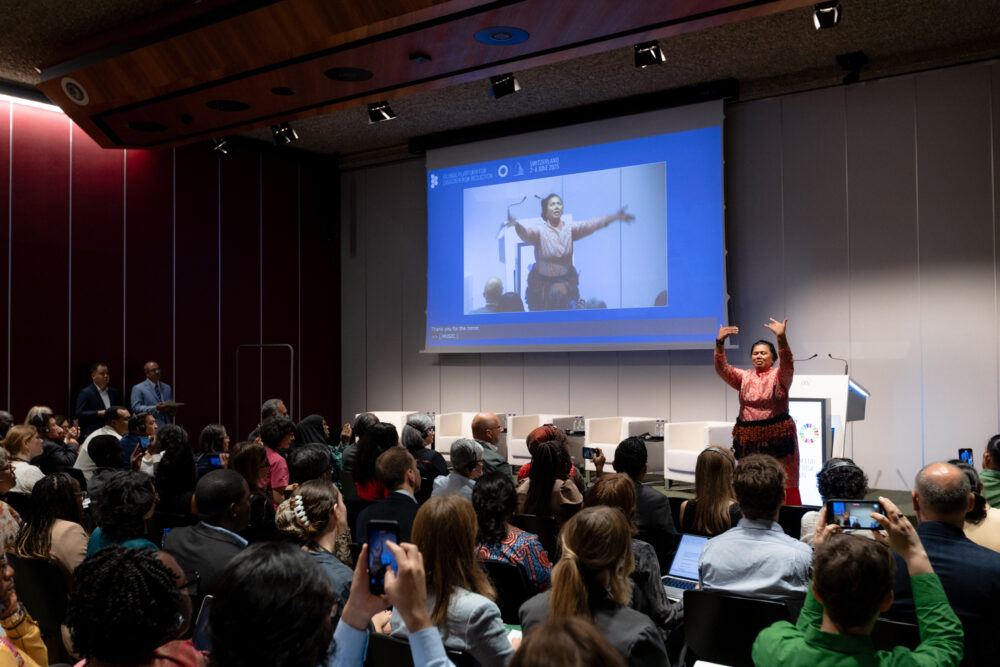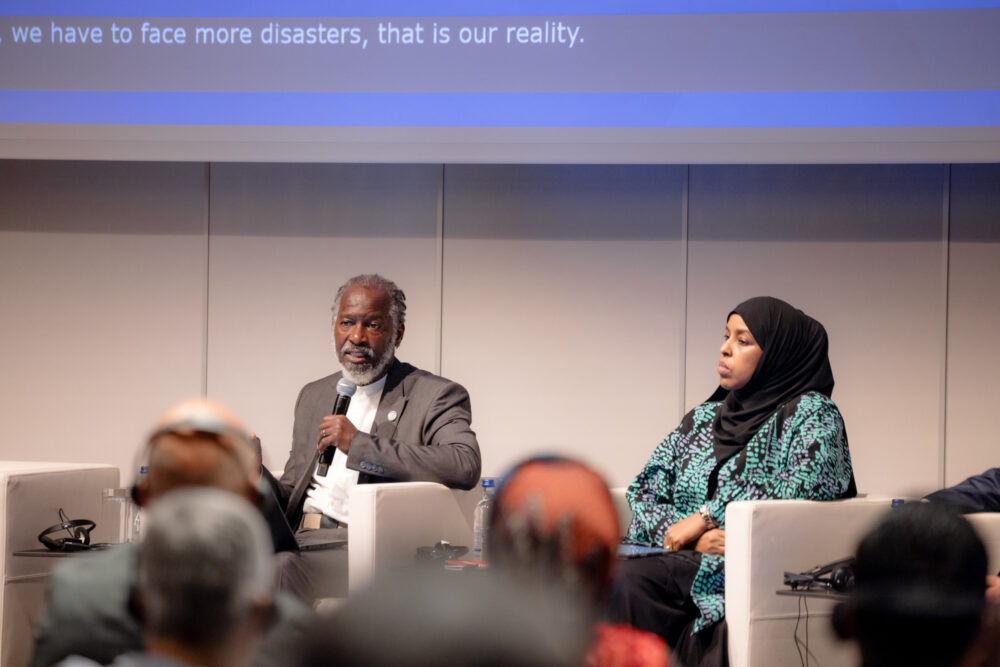Five questions to Prof. Walter Kaelin, Envoy of the Chair, about the Global Compact for Migration
1. The text of the Global Compact for Safe, Orderly and Regular Migration was finalized by UN Member States on 13 July 2018. What is the result? And what is new in this agreement?
This a breakthrough – and the beginning of a long process! With the Compact, the international community will, for the first time, make specific commitments to not only address disasters and climate change as drivers of migration but also to protect those who are compelled to leave their countries because of such events. This is a real breakthrough for people at risk of displacement because of floods, earthquakes, droughts, rising sea levels and other disasters and adverse effects of climate change. However, making these moral, rather than legal commitments a reality will be difficult and require strong efforts by all stakeholders.
2. Why is the Global Compact for Safe, Orderly and Regular Migration relevant for people displaced in the context of disasters and climate change? How will this agreement help people displaced in the context of disasters and climate change around the world and address the challenge of human mobility in the context of disasters and climate change?
The Compact contains 23 objectives and accompanying commitments to achieve them. Most of them, including the commitment to respect the prohibition of returning migrants to situations of irreparable harm (Objective 21), are in one way or another relevant for disaster-displaced persons once they cross borders and thus become migrants. However, and this is the exciting news, the Compact also speaks explicitly and in detail about disaster-displaced people. Objective 2 on addressing drivers of migration contains a sub-heading specific to disasters, climate change and environmental degradation. It calls for action to “develop adaptation and resilience strategies” to disasters and adverse effects of climate change that take into account migration; to “integrate displacement considerations into disaster preparedness strategies”; to address the vulnerabilities of persons affected by disasters and provide them with the necessary humanitarian assistance; and to “develop coherent approaches” to address the challenges of migration and displacement. Objective 5 on enhancing availability and flexibility of pathways for regular migration is highly relevant for those displaced across borders. It calls on States to develop and use practices such as humanitarian visa or temporary work permits for persons displaced by sudden-onset disasters, and planned relocation or visa options for those crossing borders due to slow onset events. Together, these provisions outline a vision of what needs to be done, and a basis for concrete action at domestic, regional and international levels.
3. What was the role of the Platform on Disaster Displacement during the consultation and negotiation process leading up to this text?
It is fair to say that the Nansen Initiative Protection Agenda that was endorsed by 109 governmental delegations in 2015 as the outcome of a series of state-led consultations in regions particularly affected by disasters and climate change really paved the way for inclusion of the topic in the Compact. The Protection Agenda presented a toolbox of effective practices to help people at risk of displacement to stay (climate change adaptation and disaster risk reduction measures), to help them move out of harm’s way (planned relocation or the opening-up of migration pathways to other countries), and to protect those displaced within their own countries or across borders. All these elements are in one way or another addressed in the Compact.
PDD has advocated for the inclusion of these elements into the Compact from the beginning on and also provided specific input during the whole process. Members of its Steering Group were at the forefront of those pushing our messages during negotiations in New York. The Nansen Initiative Protection Agenda and the Platform on Disaster Displacement are explicitly mentioned under Objective 2 as pertinent for the development of coherent approaches to human mobility in the context of disasters and adverse effects of climate change. This is a great recognition of our work and its relevance by the international community.
4. What are the next steps after the formal adoption of the Global Compact for Safe, Orderly and Regular Migration by UN Member States in December in Marrakesh? Is there are role envisaged for PDD in the implementation of the GCM?
Arguably, the most important part of the Compact are the provisions on implementation and follow-up. A so-called “connection-hub” will be created within the United Nations as a capacity-building mechanism. Every four years, a high-level “International Migration Review Forum” will take stock of progress made and agree on a “Progress Declaration”. In between, reviews will be undertaken at regional levels to provide input for the international forum. All of this ensures continued action and provides great opportunities for PDD to ensure that disaster and climate change related migration and displacement remain high up on the international agenda.
5. What is your message to States and those attending the Migration Week in December?
Tell those at risk of being displaced in the context of disasters and climate change that the commitments made in the Compact are not empty words. Announce concrete actions to make them a reality!
Learn more about the Envoy of the Chair
Useful Documents
GCM in the News
PRESS RELEASE: United Nations finalizes first ever Global Compact for Migration
THOMSON REUTERS FOUNDATION: U.N. pact offers hope to world’s climate migrants





